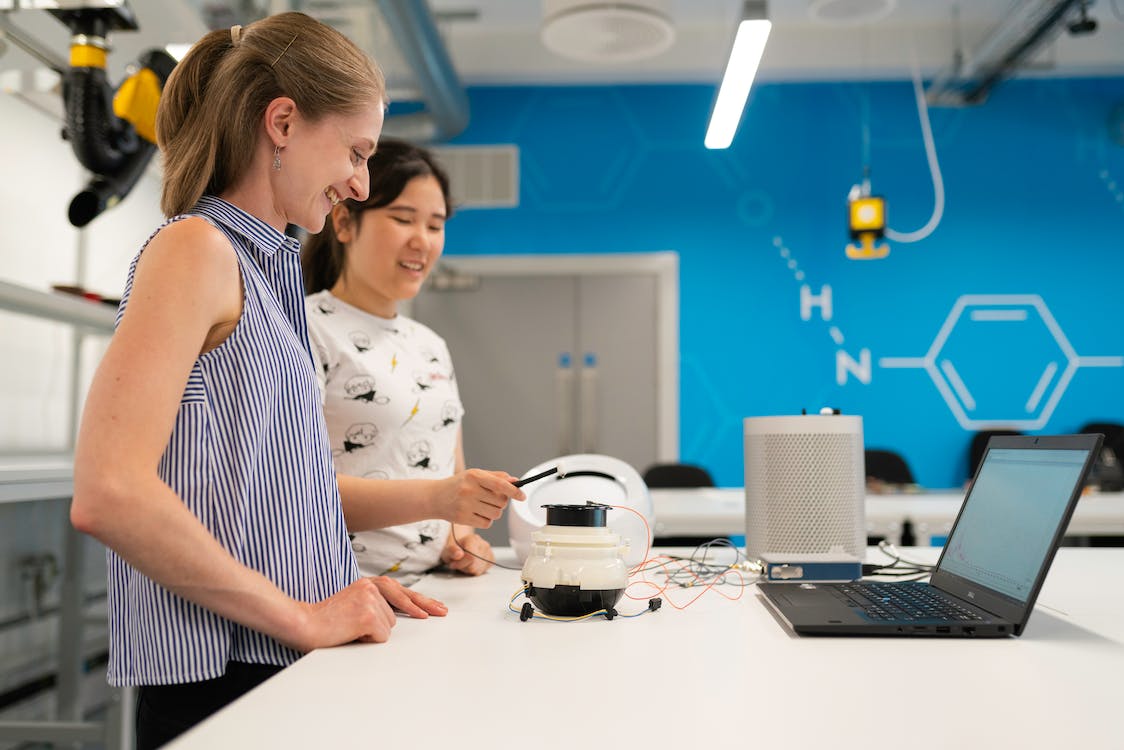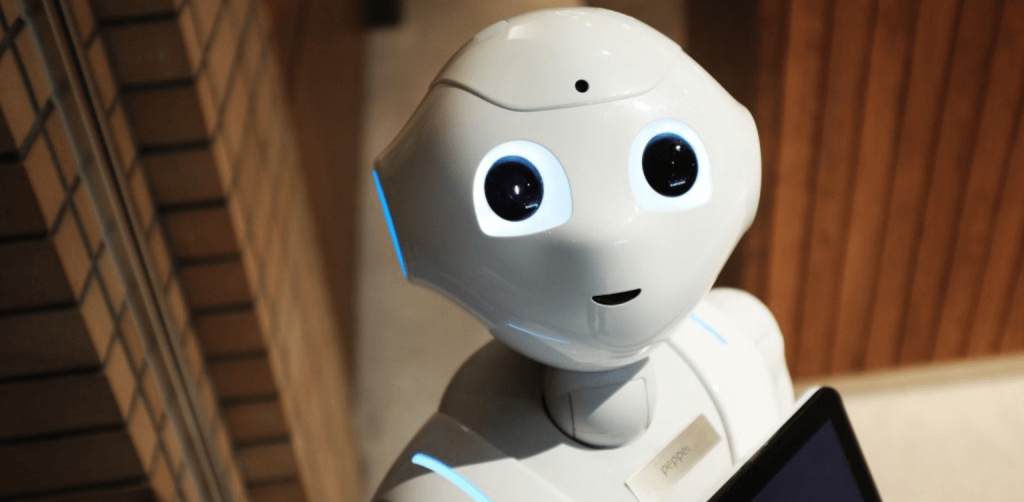Bridging the Gap Between Classroom Learning and Real-World Application
STEM education is a critical component of preparing students for the future. STEM stands for science, technology, engineering, and mathematics. This includes the skills and knowledge required to succeed in today’s world. However so many still students struggle with the gap between classroom learning and real-world application. In this article, we will explore the gap between classroom learning and real-world application, and discuss strategies for bridging this gap in STEM education.
Defining STEM Education

STEM education is a comprehensive approach to learning that combines science, technology, engineering, and mathematics. STEM education is designed to help students develop a deep understanding of these subjects, while also promoting critical thinking, problem-solving, and collaboration skills. education is essential in today’s society because it prepares students for the workforce of the future, which is heavily reliant on these skills.
The Gap Between Classroom Learning and Real-World Application
One of the most significant challenges in STEM education is the gap between classroom learning and real-world application. Many students struggle with understanding how the concepts they learn in the classroom apply to real-world situations. This gap can lead to disinterest in STEM subjects and hinder students’ ability to apply their knowledge to solve real-world problems. To bridge this gap, educators must find ways to make STEM subjects more engaging and relevant to students. Project-based learning is just one effective approach.
Teaching STEM Through Project-Based Learning

Project-based learning is a student-centered teaching method that promotes active learning and critical thinking skills. It involves giving students a real-world problem or challenge and asking them to solve it using their knowledge of STEM subjects. This approach allows students to see how their learning applies to real-world situations, making STEM subjects more engaging and relevant.
Project-based learning is effective because it provides students with hands-on experience allowing them to apply knowledge in real-world problems. For example, students might be asked to design and build a solar-powered car, or create a mobile app that solves a specific problem. These activities require students to use their knowledge of STEM subjects and apply it to real-world problems, helping to bridge the gap between classroom learning and real-world application.
Incorporating Real-World Applications in STEM Curriculum
Another effective approach to bridging the gap between classroom learning and real-world application is to incorporate real-world applications into the STEM curriculum. Real-world applications refer to the practical use of STEM concepts in real-world situations. By including real-world applications in the STEM curriculum, educators can help students see the relevance of STEM subjects in everyday life.
One example of real-world applications in STEM education is the use of data analysis in sports. Students can learn how data is collected, analyzed, and used to make strategic decisions in sports. This approach not only teaches students about data analysis, but it also makes the subject more engaging by connecting it to a topic that many students are interested in.
Importance of STEM Internships and Apprenticeships

STEM internships and apprenticeships are another effective way to bridge the gap between classroom learning and real-world application. These programs provide students with hands-on experience in real-world STEM environments, allowing them to apply their knowledge to solve real-world problems.
STEM internships and apprenticeships also help students build valuable connections with STEM professionals, giving them insight into potential careers and opportunities in the field. This experience can be invaluable for students as they prepare for college and their future careers.
Technology in STEM Education
Technology plays a crucial role in STEM education. It also makes STEM subjects more engaging and provides access to real-world data, and teaches students about emerging technologies. By incorporating technology into the STEM curriculum, educators can provide students with an interactive and immersive learning experience that helps bridge the gap between classroom learning and real-world application.
One example of technology in STEM education is the use of virtual reality (VR) in science classes. By using VR, students can explore scientific concepts in a virtual environment, providing them with a unique and engaging learning experience. Additionally, VR can be used to simulate real-world scenarios, allowing students to apply their knowledge to solve problems in a simulated environment.
Addressing the Diversity Gap in STEM Education
One of the significant challenges in STEM education is the diversity gap. Many women and underrepresented minorities are significantly underrepresented in STEM fields, Addressing this gap is essential for creating a workforce that reflects the diversity of our society.
To address the diversity gap, educators must take steps to create a more inclusive learning environment. This can be done by providing STEM education opportunities to underrepresented groups, creating mentorship programs for underrepresented students. This creates a curriculum that reflects the diversity of our society.
The Future of STEM Education

The future of STEM education is promising. Emerging technologies, such as artificial intelligence, robotics, and quantum computing, will certainly play an increasingly important role in the workforce of tomorrow. Educators must prepare students for the new technologies that will shape our future.
To prepare for the future of STEM education, educators must be forward-thinking. This means providing students emerging technologies and teaching them the skills needed to succeed in the workforce of the future. Educators must be open-minded to change because the STEM Field forever changing and evolving. Ensuring this will provide students with the most up-to-date and relevant education possible.
Are you a qualified candidate looking to take your first step into the STEM markets? Our STEM recruitment agency can help. Let’s work together to match you with the right job in emerging STEM fields. With our support and expertise, you can prepare for the future of STEM and build a successful career. Contact us today to take the first step.
Conclusion.
STEM education is essential for preparing students for the workforce of the future.
The gap between classroom learning and real-world application can hinder students’ ability to apply their knowledge to solve real-world problems. To bridge this gap, educators must find ways to make STEM subjects more engaging and relevant to students. By using project-based learning, incorporating real-world applications, providing STEM internships and apprenticeships, using technology in the STEM curriculum, addressing the diversity gap, and preparing for the future of STEM education, we can create a more engaging and effective STEM education experience for students. We can train a workforce, with a strong STEM education, preparing them to meet the challenges of the future.
The future of STEM is bright, and you can be a part of it. Let us help you find the right job to launch your career. Contact us now.
Are you looking to expand your network and build meaningful business relationships? Join our community of 11K business professionals on LinkedIn and add to the conversation on STEM.
